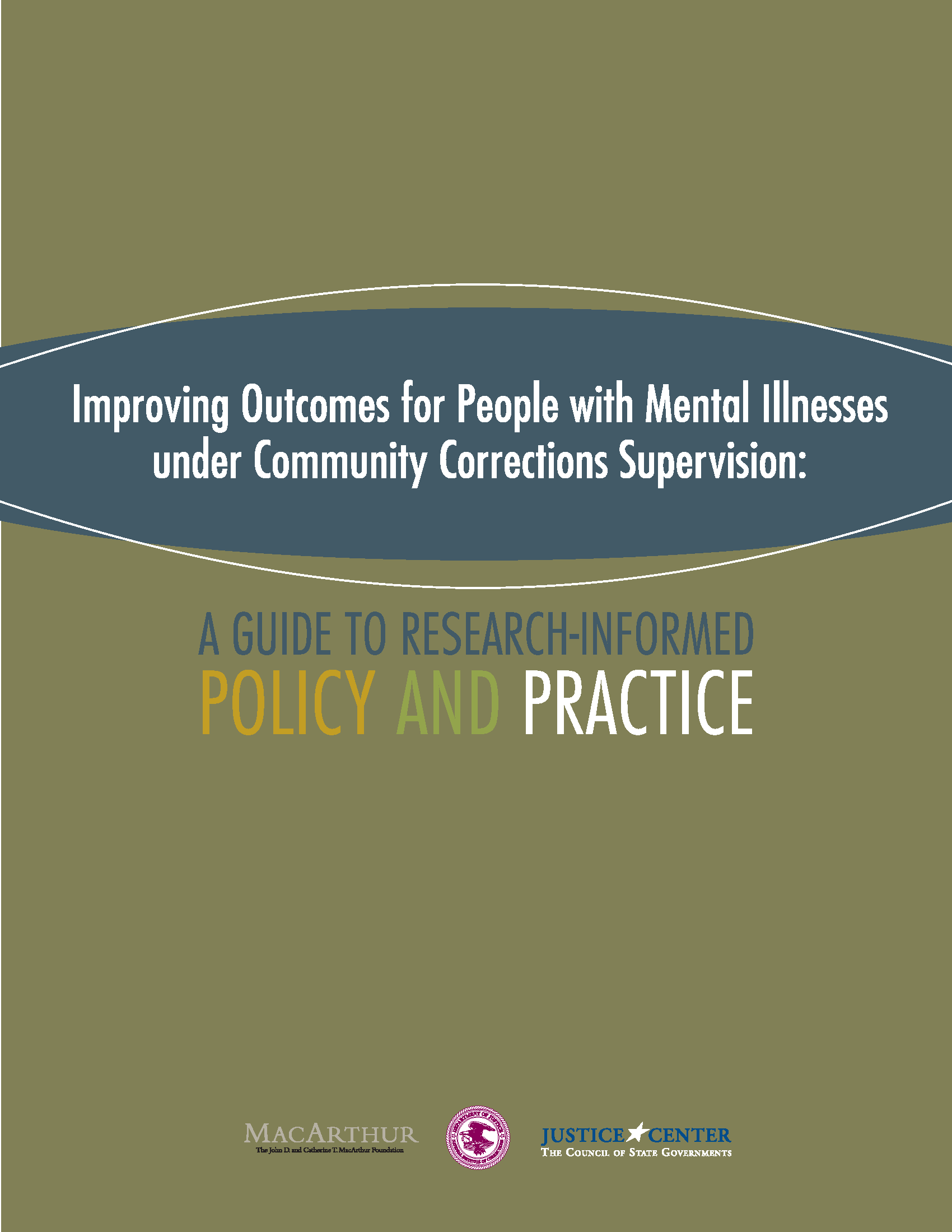Improving Accuracy: A Practical Guide To Corrections And Clarifications

Table of Contents
Identifying Inaccuracies
Identifying inaccuracies is the first crucial step in improving accuracy. This involves recognizing various types of errors and utilizing feedback mechanisms to catch them before they impact your work.
Recognizing Errors
Different types of inaccuracies demand different approaches. Recognizing the specific error type is key to effective correction. Common inaccuracies include:
- Factual Errors: Presenting incorrect information, like stating the wrong year an event occurred or misrepresenting a statistic. Example: Claiming the Earth is flat.
- Grammatical Errors: Mistakes in grammar, spelling, and punctuation that hinder clarity and professionalism. Example: Using incorrect tense or subject-verb agreement.
- Logical Fallacies: Errors in reasoning that undermine the validity of an argument. Example: Using a straw man argument.
- Inconsistencies: Discrepancies within the information presented, such as conflicting dates or contradictory statements. Example: Describing a character as tall in one paragraph and short in another.
- Misleading Information: Presenting information in a way that is deceptive or omits crucial details. Example: Using selective statistics to support a biased conclusion.
Effective self-review involves careful rereading, focusing on each of these error types. Peer review, where others examine your work, offers a fresh perspective and can identify errors you may have overlooked. Fact-checking, using reliable sources like academic databases, reputable news organizations, and government websites, is critical for ensuring factual accuracy.
Utilizing Feedback Mechanisms
Soliciting feedback is vital for improving accuracy. Several methods can be employed:
- Surveys: Gathering feedback from your audience directly through surveys or questionnaires.
- Peer Review: Having colleagues or peers review your work for errors and inconsistencies.
- Beta Testing: Testing your product or service with a select group before a wider release to identify potential inaccuracies.
Leveraging technology is also beneficial. Tools like Grammarly and ProWritingAid can help identify grammatical errors and stylistic inconsistencies. Remember that incorporating feedback constructively is essential. Consider all suggestions, but use your judgment to determine which ones best serve the accuracy and clarity of your work.
Implementing Corrections
Once inaccuracies are identified, implementing corrections requires precision and careful communication.
Making Precise Changes
Making precise changes involves clear, concise revisions that address the identified errors without introducing new ones.
- Good Correction Example: Changing "The capitol building is in New York" to "The Capitol building is in Washington D.C."
- Bad Correction Example: Simply deleting the erroneous sentence without providing the correct information.
Techniques for avoiding new errors include:
- Careful rereading: After making a correction, reread the surrounding text to ensure consistency and flow.
- Using a style guide: Following a consistent style guide minimizes inconsistencies.
- Proofreading: Thorough proofreading after making corrections is essential to catch any new errors introduced during the revision process.
Communicating Corrections
Communicating corrections effectively is crucial, especially when dealing with clients, colleagues, or a published audience.
- Email Etiquette: When communicating corrections via email, be clear, concise, and professional. Clearly identify the errors and the changes made.
- Updating Published Material: If you need to correct published material, use a clear and prominent method, like an editor's note or a website update, to inform your audience of the changes.
- Transparency and Accountability: Be transparent about the correction process and take accountability for any errors.
Preventing Future Inaccuracies
Preventing future inaccuracies requires establishing robust quality control processes and fostering a culture of accuracy.
Establishing Quality Control Processes
Proactive measures can significantly reduce errors. Consider these strategies:
- Checklists and Workflows: Develop checklists and workflows to guide your process and ensure all steps are followed.
- Templates and Standardized Procedures: Using templates and standardized procedures ensures consistency and minimizes the chance of errors.
- Training and Continuous Improvement: Regular training and ongoing professional development can significantly improve accuracy.
Maintaining a Culture of Accuracy
A culture of accuracy starts at the top.
- Leadership's Role: Leaders must prioritize accuracy and provide resources and support to foster it within the team.
- Team Collaboration and Accountability: Encouraging team collaboration and shared accountability for accuracy helps identify and address errors.
- Continuous Learning and Improvement: Fostering a culture of continuous learning and improvement allows for adaptation to evolving best practices and minimizes errors.
Conclusion
This guide has explored key strategies for improving accuracy through effective correction and clarification processes. By proactively identifying errors, implementing precise changes, and establishing robust quality control mechanisms, you can significantly enhance the accuracy of your work, bolster your credibility, and build trust with your audience. Remember that ongoing vigilance and a commitment to continuous improvement are crucial for maintaining the highest standards of accuracy.
Call to Action: Start improving accuracy in your work today! Implement the strategies outlined in this guide to minimize errors and achieve greater precision in all your endeavors. Learn more about enhancing accuracy and discover additional resources by searching online for “improving accuracy” or exploring related terms like "fact-checking," "quality control," and "error prevention."

Featured Posts
-
 Coronation Streets Daisy Midgeley A Dramatic Exit Confirmed
May 01, 2025
Coronation Streets Daisy Midgeley A Dramatic Exit Confirmed
May 01, 2025 -
 Ofcom Complaint Filed Over Chris Kaba Panorama Police Watchdogs Action
May 01, 2025
Ofcom Complaint Filed Over Chris Kaba Panorama Police Watchdogs Action
May 01, 2025 -
 Clases De Boxeo Edomex Apuntate En Los Proximos 3 Dias
May 01, 2025
Clases De Boxeo Edomex Apuntate En Los Proximos 3 Dias
May 01, 2025 -
 Little Coffee Four Investment Offers On Dragons Den
May 01, 2025
Little Coffee Four Investment Offers On Dragons Den
May 01, 2025 -
 De Lange Wachtlijsten Bij Enexis Een Probleem Voor Limburgse Ondernemers
May 01, 2025
De Lange Wachtlijsten Bij Enexis Een Probleem Voor Limburgse Ondernemers
May 01, 2025
